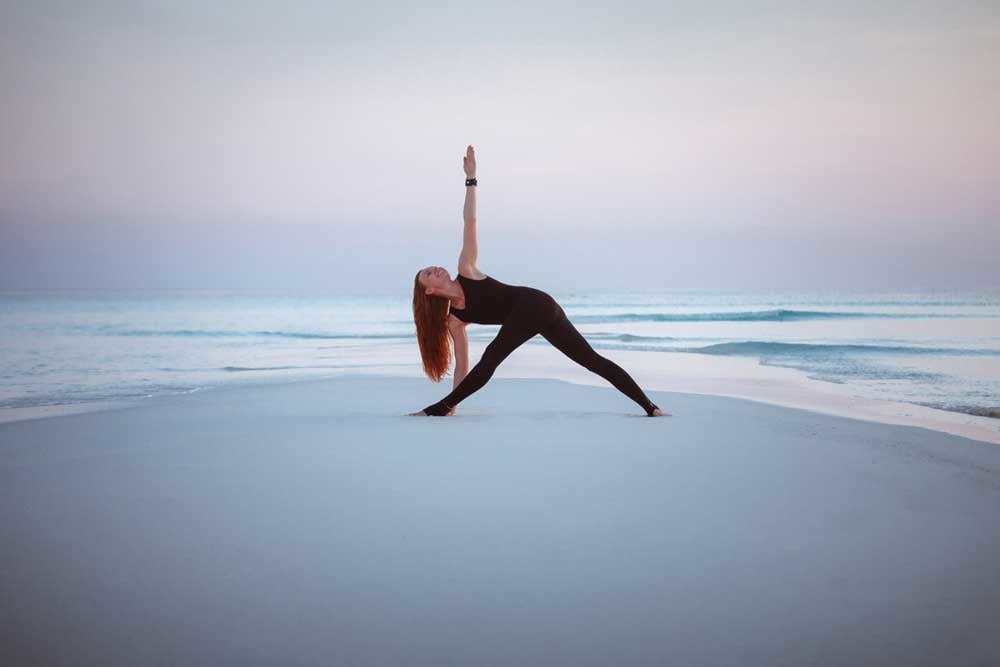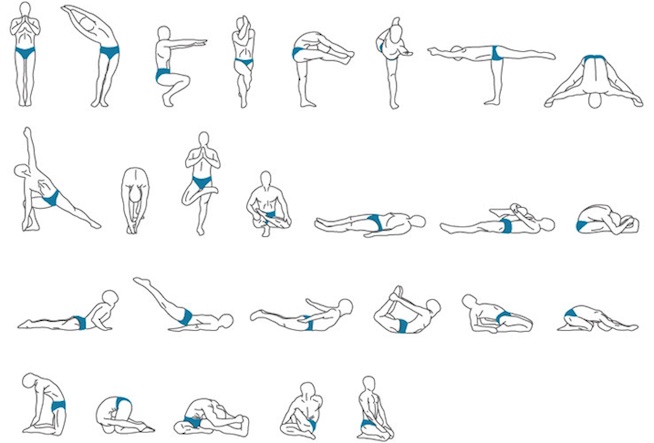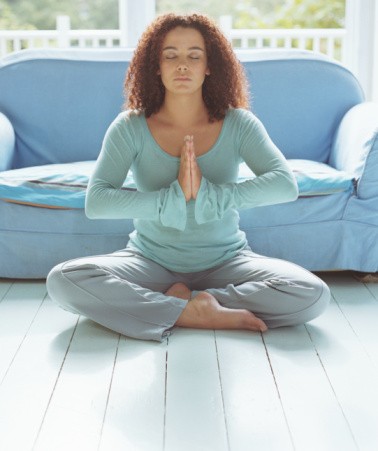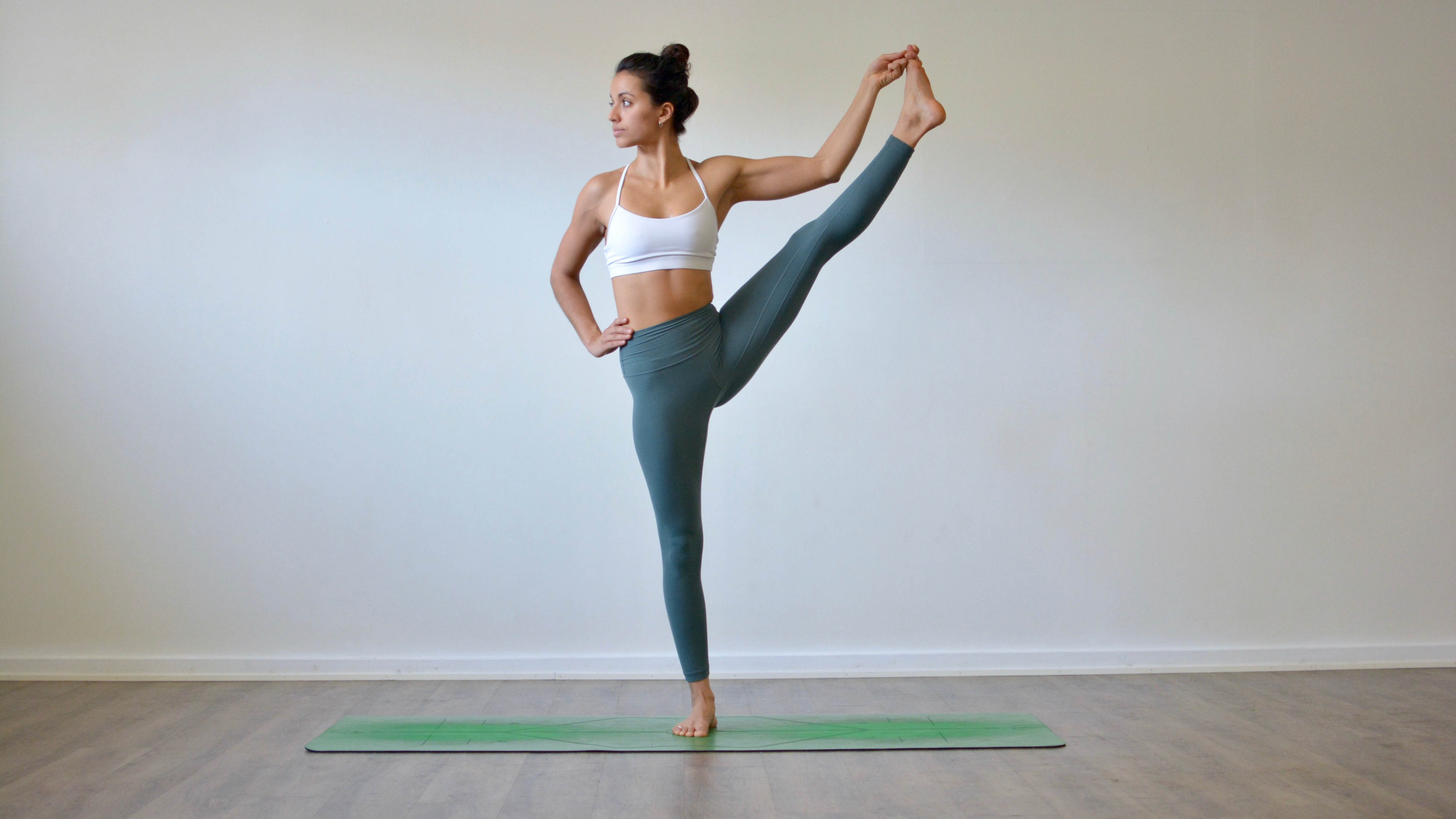5 Unexpected Benefits of Hot Yoga: Science-Backed Mental Health Facts
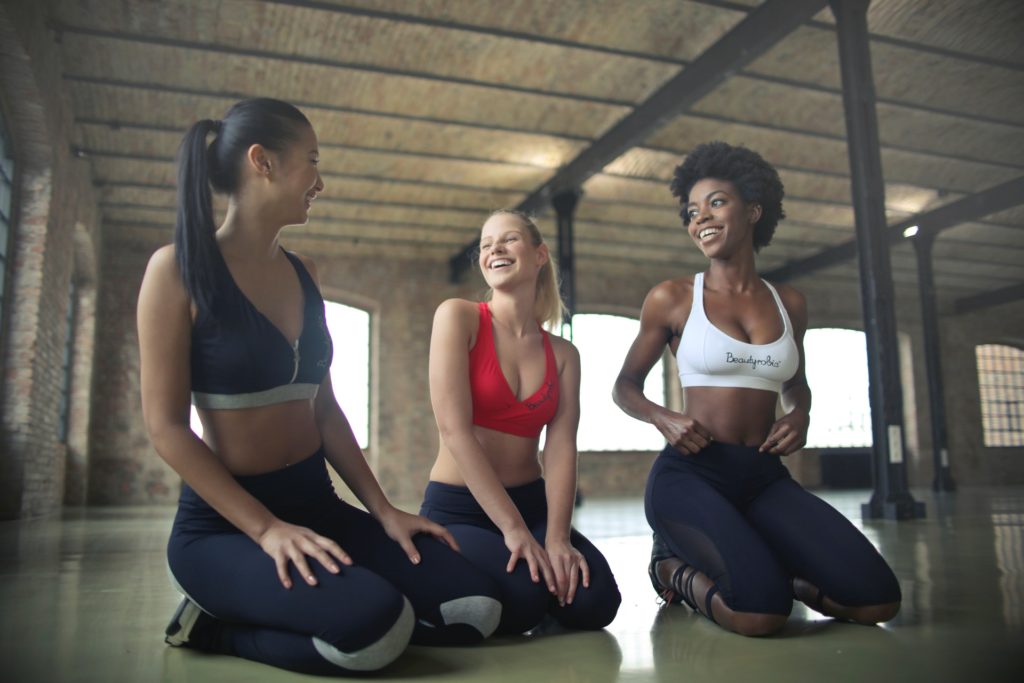
At first, hot yoga sounds like a bad joke. Rooms that are up to 105 degrees Fahrenheit with yoga instructors sending you into 143 chaturanga before “resting” in down dog. What benefits could possibly come from this torture?
Is the physical exertion and will-power worth the mental health benefits? We will find out.
Many of my coworkers and friends have detested ever stepping foot in a hot yoga class. High humidity, high heat, and high intensity.
The immediate description of a hot yoga session is anything but appealing.
On the other side of the coin, hot yoga has raving fans religiously attending classes multiple times a week. The sweaty flows serving as workout therapy wrapped in community and good intentions.
Regardless of opinion, hot yoga is undoubtedly an experience to remember.
Although you must make your own decision, this article outlines both the mental health benefits of hot yoga and the basics of hot yoga.

What Science Says about Mental Health Benefits of Hot Yoga
One collective review of studies states, “It has been hypothesized that hatha yoga practice may attenuate HPA axis and sympathetic hyperactivity and the associated physiological, inflammatory response, which could lead to a reduction in stress- and inflammation-related illness .”
Reducing HPA axis and sympathetic hyperactivity may have positive implications for mental health and wellbeing. One hot yoga benefit.
The HPA axis is the body’s central stress response system that is involved in mood and functional illnesses like anxiety disorders, depression, ADHD, post-traumatic stress disorder, and bipolar disorder.
The HPA axis tends to be hyperactive with high levels of perceived stress and anxiety. When the stress response is activated through the HPA axis, cortisol releases into the body.
Cortisol is the “stress” hormone that, when sustained at high levels, can damage the body and cause unpleasant side effects.
Heat stress may also reduce inflammation in the body. Dr Rhonda Partick discusses in her review on heat stress that exposure to heat may reduce anxiety and depression while increasing mental focus and attention.
Stress, anxiety, and depression contribute to systematic, chronic inflammation in the brain and body.
Inflammation can be damaging to organs and further aggravate mental health issues. Reducing inflammation positively improves both brain and body function.
An uncontrolled study measured the effectiveness of Bikram yoga for mindfulness and perceived stress. The results showed after an eight-week practice in Bikram Yoga that participants’ mindfulness was significantly increased while perceived stress was reduced.
Perceived stress is determined by the number of life experiences an individual considers stressful. Mindfulness is a quality of being aware in the present moment without judgment.
Reducing perceived stress and increasing mindfulness creates a more supportive environment to cope with mental health issues.
Quick Take-Aways | Hot Yoga Mental Benefits
Lower Emotional Reactivity
Reduce Inflammation in the body
Lower Cortisol
Increase Mindfulness
Reduce Perceived Stress
The History Behind Hot Yoga
Historians suspect yoga began 5,000 to 10,000 years ago in India. The practice originated to sacrifice the ego through self-knowledge, action, and wisdom.
Thousands of years later, yoga came to the west. In the 1920s, the first Hatha Yoga studio opened in India, and its lessons started to travel to the west. In 1947 the first yoga studio opened in Hollywood.
Fast forward to the 1970s, and the first heated yoga studio was opened in Japan by Bikram Choudhury.
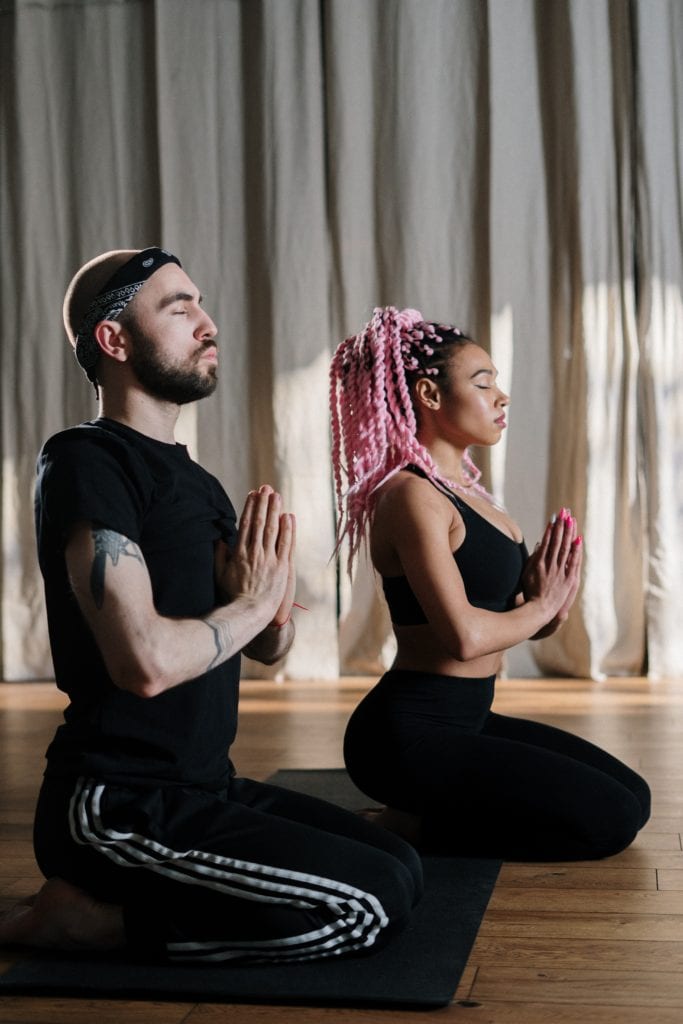
Bikram style yoga has been argued to be more focused on the body and less on the mind than other forms of yoga.
Not all hot yoga studios are Bikram style yoga. Many modern hot yoga studios do not abide by all the principles of traditional Bikram, which may be a good thing.
Traditionally, Bikram encourages only one water break, not to leave the heated room, no hands-on adjustments, or the ability to take a break from the flow of postures. In a heated room, health practitioners suggest these rules may put yogis at risk for overheating.
Bikram versus Classical Yoga
A causal yoga attendee is most likely familiar with the Asanas and Pranayama of yoga. Asanas are the positions people fold their bodies into when practicing. Pranayamas are breathing techniques.
Bikram yoga only uses 26 of the 84 asana postures and 2 of the many pranayama breathing techniques.
Followers of Bikram suggest this limitation is to utilize only the exercises that optimize health and wellbeing. Skeptics view the reduction as a business tactic.
Asanas and pranayamas are only two of the eight parts of yoga. The other six parts of yoga focus on cultivating concentration and awareness and principles of how we relate to ourselves and the world around us.
Although Bikram yoga retains the body and mind connection, it’s main focus appears to be less spiritual and more focused on physical exercise and body movement.
The benefits of Bikram may be derived more from physical exertion and heat then mindful connection.
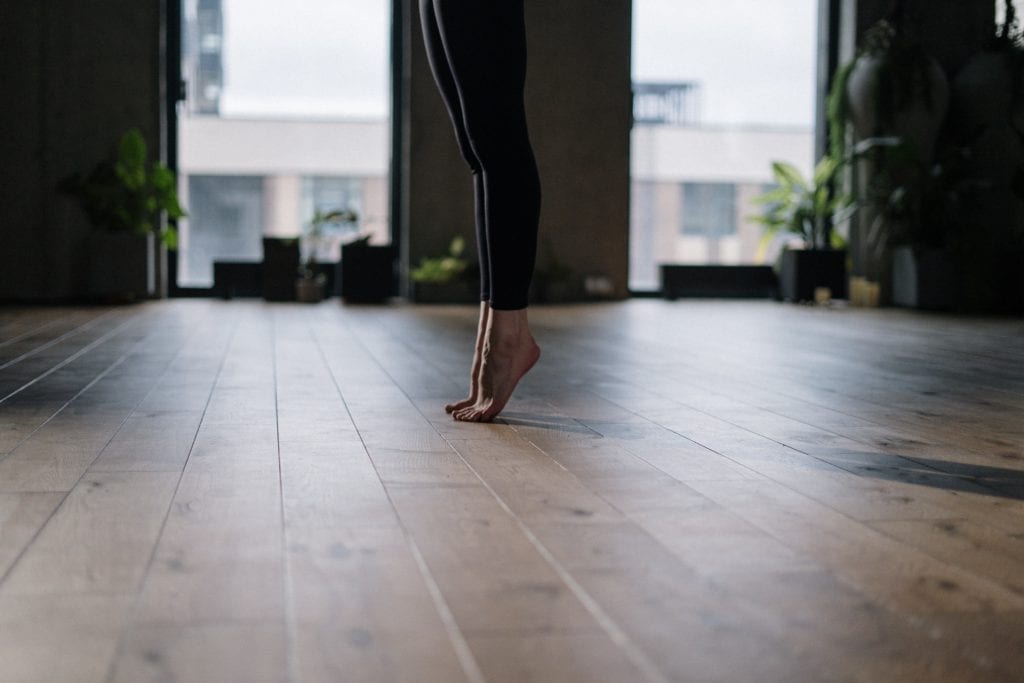
What type of heat is used?
Traditional Bikram yoga studios heat their rooms to 104 degrees Fahrenheit with 40% humidity. Hot Yoga classes that are not traditional Bikram can be heated anywhere from 80 to 100 degrees Fahrenheit.
The two main types of heat used are forced-air heating and infrared heating. Forced-air pushes hot air into the room and may cause the room to become overly heated or stuffy.
Infrared heating provides warmth like the sun and may offer better benefits for detoxification.
The heat from modern-day saunas is also commonly supplied by infrared heaters that range from 113 to 212 degrees Fahrenheit.
In an extensive review of sauna usage and heat stress on the body, researchers found that repeated exposure causes a higher expression of proteins that play an essential role in immune function, cell signaling, and cell-cycle regulation as well as antioxidant, pro- and anti-inflammatory factors.
Is hot yoga dangerous?
Arguments have been made that hot yoga may put the body in danger. The American Council on Exercise’s small study in 2015 expressed concern that Bikram yoga may place the body temperate at risk-levels for heat-related illness.
After a 90 minute class, the core temperature of Bikram yogi’s was an average of 103 degrees Fahrenheit, with the risk of heat-related illness increasing at 104 degrees Fahrenheit.
No participants faced heat-related illnesses during the study.
ACE did suggest that decreasing class time to 60 minutes, lowering the temperature or increasing hydration may also help reduce the risk of heat-related illness.
How to know if hot yoga is for you?
Personal experience is the primary way to determine if hot yoga (or any practice) is a helpful addition to your wellness routine. Some helpful pointer that may help you decide if a 60-minute class is worth your time:
You are more in it for the sweat then the spirit
You do not overheat easily or have a history of overheating
You are well hydrated
You have taken other yoga classes in the past
Hot Yoga FAQ
How many times a week should you go to hot yoga?
This depends on what type of results you are looking to gain through your practice. One study showed that attending hot yoga 2 times a week for 8 weeks improved mental function.
What does hot yoga do for your body?
Hot yoga benefits include increased cardiovascular fitness, lowered cortisol, reduced perceived stress, and lower body inflammation.
Why is hot yoga bad for you?
Hot yoga is safe for many people but it some cases it can cause people to become dehydrated. In extreme cases, heat exhaustion or heat stroke are possible. Be sure that you are drinking plenty of water before attending a hot yoga class to minimize these risks.
How long does it take to see results from hot yoga?
It depends on the results you are looking to obtain, mental or physical, and the intensity and duration that you are attending hot yoga classes.
Is hot yoga good for you?
Yes. For many people hot yoga provides benefits like increased cardiovascular fitness, lowered cortisol, reduced perceived stress, and lower body inflammation.
[……]

